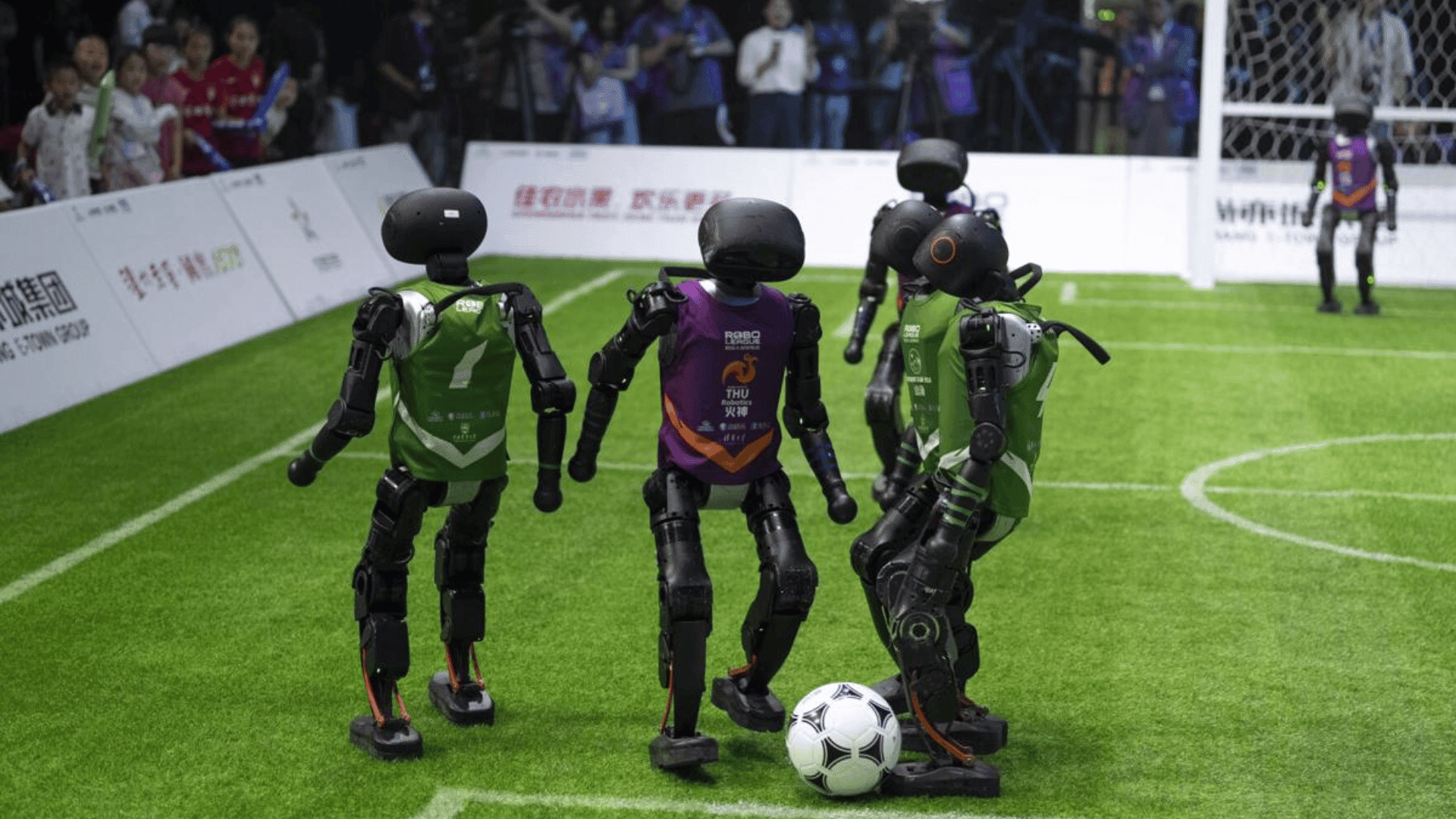Consumers’ habits have changed over time, but one thing has not: the use of coupons. Coupons have only increased in popularity since their birth in the late 1880s, and retailers have gotten smarter as to how to get consumers to actually spend more money with coupons. In fact, Invesp found that 77% of shoppers spend between $10 and $50 more than expected while redeeming mobile coupons, completely contradicting their purpose! However, understanding the psychology of coupons-why we use them and what retailers do to trick you-will prevent you from spending more money than saving.
Happiness
A big reason as to why consumers use coupons could not be more simple—they scientifically make you happier. A Claremont University study found that subjects who received a $10 voucher experienced a 38 percent rise in oxytocin levels and were 11 percent happier than those who didn’t receive a coupon. Furthermore, the coupon recipients’ respiration rates dropped 32 percent, heart rates decreased by 5 percent, and sweat levels were reportedly 20 times lower than their peers. It’s no wonder we love using coupons!
The Power of “Free”
The well-known adage “there is no such thing as a free lunch” could not be more true when it comes to coupons. Consumers are more drawn to free items than they are to discounted ones and perceive the benefits associated with free products as higher than their absolute value.
In a study done by behavioral psychologist Dan Ariely, students were offered a luxury Lindt truffle for 15 cents or a Hershey’s Kiss for 1 cent. 73 percent of the students chose the truffle, and 27 percent chose the Kiss. When the prices were both dropped by one penny, making the Lindt 14 cents and the Kiss free, 69 percent chose the Kiss and 31 percent chose Lindt, even though the relative cost of chocolates did not change.

The conclusions of the experiment demonstrates the power of “free” and the value of pricing items at zero or giving things away for a free special offer. A good example of this in retail is when consumers can receive a free gift with a purchase or with a coupon. According to the two experiments, consumers will spend more money if it means they will get something for free.
Perceived Value and Buying More Than You Need
Recent surveys from RetailMeNot found that 80% of shoppers feel encouraged to make a first-time purchase with a brand that is new to them if they found an offer or discount, and they found that two-thirds of shoppers have made a purchase they weren’t originally planning to make solely based on finding a coupon or discount. Both of these are textbook accounts of coupons increasing the perceived value of items so you buy more than you need.
One example of this phenomenon of perceived value is coupons that offer rewards when customers buy in bulk, such as “buy three, get one free” or “25 percent off when you buy four” coupons. While there is a discount involved in these sorts of deals, it is easy for consumers to get tricked and buy much more than they need just to receive the discount.
Framing and “The Rule of 100”
Another way retailers use the psychology of coupons is the framing effect, defined as the cognitive bias a person has to be influenced more by the presentation of the options than the actual substance.

An example of this is “The Rule of 100”, developed by marketing professor Jonah Berger. According to Berger’s research, a percentage discount is more appealing to consumers for items under $100, but a dollar-off discount works better for items over $100. So 10 percent off of a $50 sweater sounds better to buyers than giving them $5 off, but on a $1,000 computer, people are more likely to buy it if they receive $200 off versus a 20 percent discount. In all of these cases, the deals are the same.
Retailers use the Rule of 100 and framing to make consumers feel like they are getting the best deal. In reality, retailers are just adjusting how they present the product.
How to Prevent Getting Tricked By Coupons
With all of these reasons combined, it is easy to see coupons’ popularity and how retailers can trick consumers into buying more than they need. So what can you, as a consumer, do? The biggest way to combat all of these psychological devices is to repeat the question: do I need this item, or do I just want it because there is a discount or coupon? If you calculate the true value of the item with the coupon and the purchase price still makes sense, you are getting a good deal.
One way to easily ensure that you don’t get tricked by coupons is through the innovative app Ibotta. Ibotta allows you to upload your receipt or link your store account to receive cash back on eligible items from over 1,500 brands and retailers. By using Ibotta, you are getting money back on purchases that you already made. This means that you won’t be swayed by deals that are using the psychology of coupons to seem more enticing than they actually are.
Find out more about the innovation of digitized cash back programs on Tomorrow’s World Today’s “Getting Paid to Shop” streaming NOW on Science Channel GO and Discovery GO!







